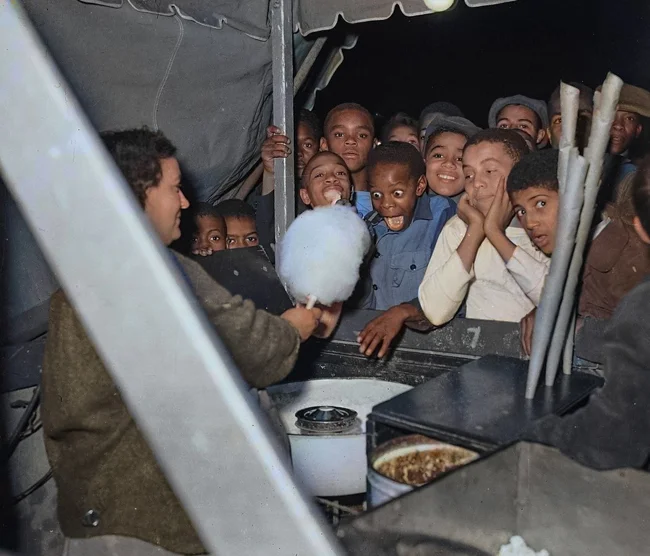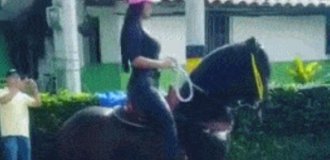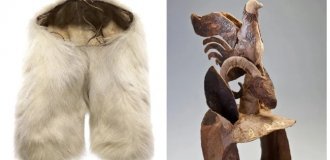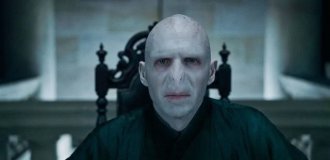A selection of interesting and unusual photos from the USA (21 photos)
Each photograph, capturing key moments in American history and everyday life, has been meticulously hand-processed to bring the details of the era to life, from the vibrant colors of city streets to the nuances of rural landscapes. 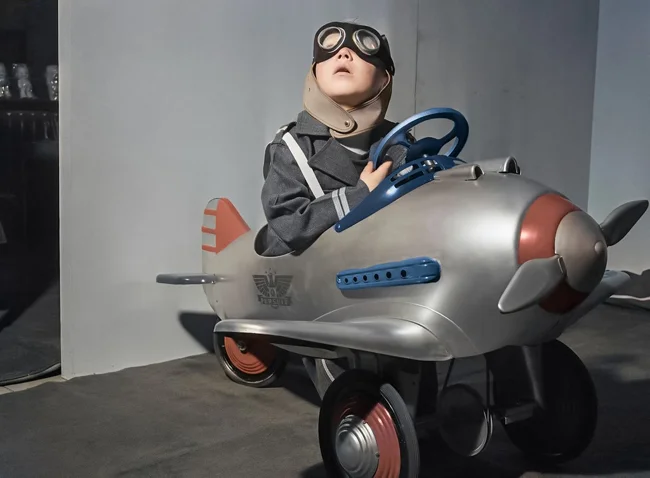
Field Museum of Natural History employee Mrs. Helen Moyer poses with a model eel in her arms. USA, Chicago, 1947. 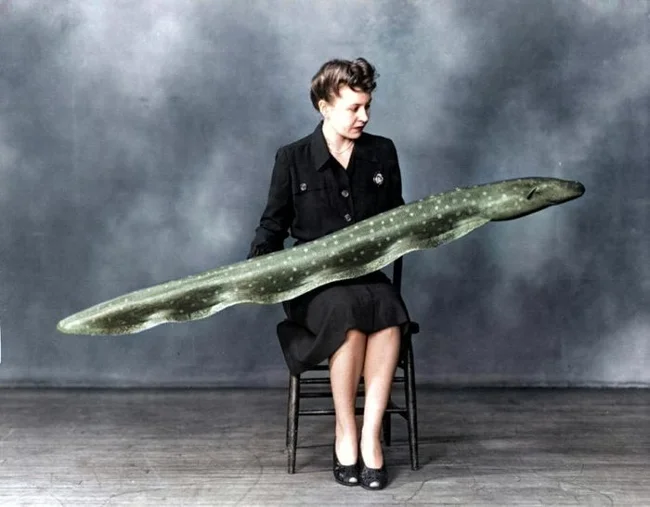
Mental hospital. USA, 1904.
Patients and staff of the female ward of the St. Louis City Mental Hospital sit in chairs or stand in doorways along a clean and orderly hallway, posing for the camera. Photo taken March 28, 1904, by a city water utility employee. 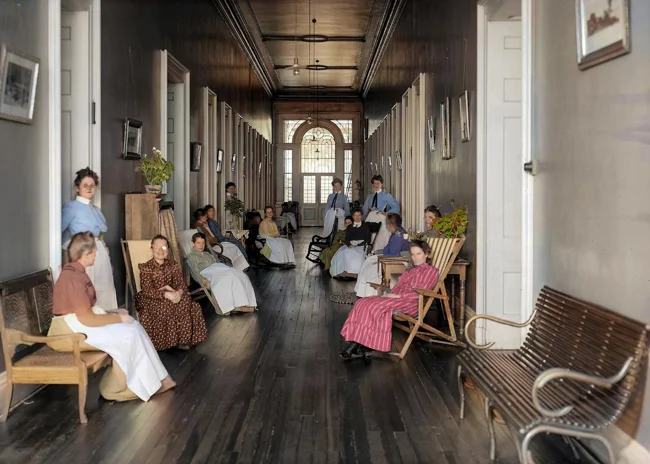
Arikara warrior "Bear Belly". North Dakota, USA, 1908. 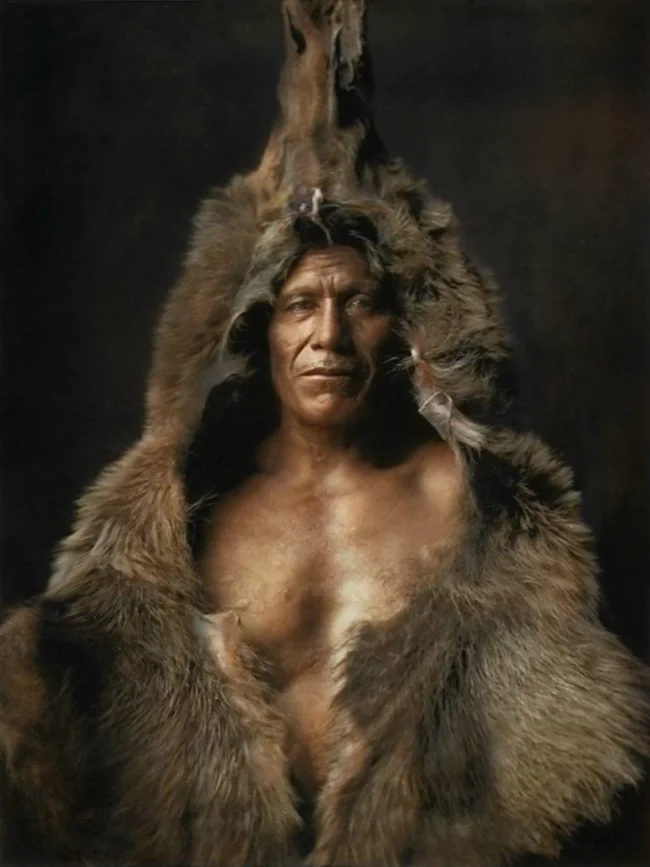
Flower shop, Union Square, San Francisco, 1940s. 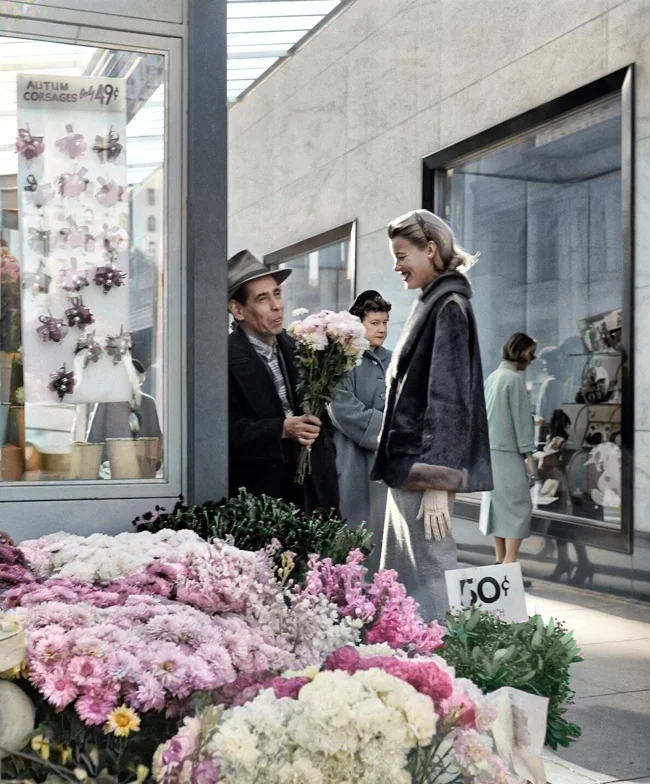
A logging crew from Weed, California, USA, early 20th century.
This unusual vehicle with large wheels allowed a logging crew to haul a log up steep, uneven terrain to a collection point for loading onto a logging railroad. 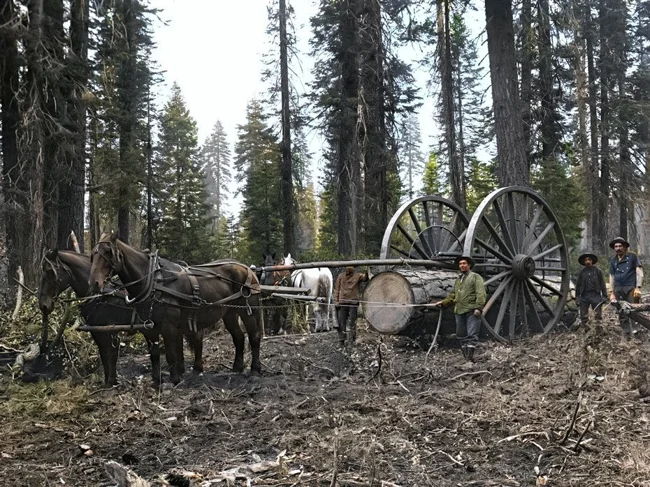
Loggers stand on a logging train. Washington, 1919. 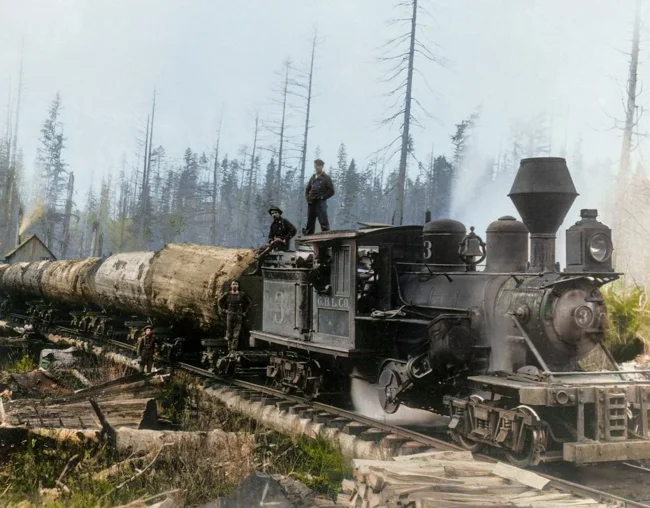
A migrant Mexican field worker's home on the edge of a frozen pea field. Imperial Valley, California, 1938. 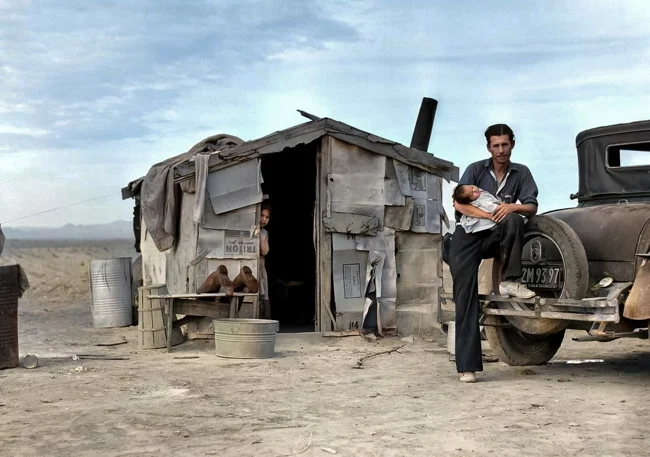
New York City, 1910.
The Queensboro Bridge, also known as the 59th Street Bridge or the Ed Koch Queensboro Bridge after the former mayor of New York City, is an important transportation hub connecting the boroughs of Manhattan and Queens across the East River. The double-deck steel bridge is 1,135 meters long (the main span is 304 meters). 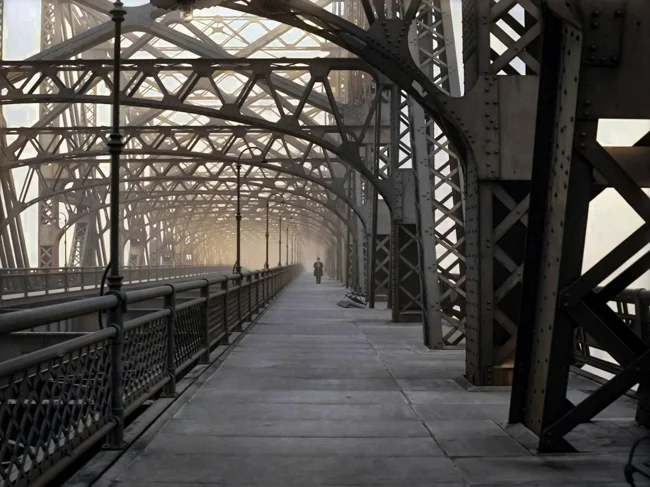
Coal sorters. Hughestown, Pennsylvania, 1911.
Children were forced to work 14-18 hours a day in harsh conditions alongside adults, and their slave labor often began at the age of five or six. At the same time, their earnings were several times less than those of adults, which turned children into the most vulnerable category of workers 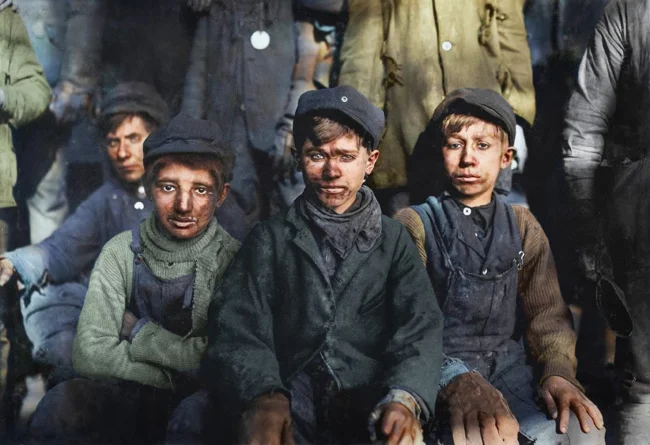
A welder processes pipes for commercial ships, California, 1942.
These were air intakes that could be installed anywhere, both to supply air to the cargo hold, and to the engine and boiler rooms, or passenger cabins. 
Hats in the billiard room. New York, 1943.
An elderly cloakroom attendant sits in a quiet corner under the hats hanging on the wall, reading something intently. Each hat is decorated with a tag with a name and the start time of the billiard game.
At the beginning of the 20th century, a man's hat was not just an accessory, but an integral part of the image, a symbol of status and even etiquette. Its shape, material and way of wearing reflected not only fashion, but also social changes, economics and cultural trends.
Representatives of high society preferred elegant top hats and strict Homburgs - accessories that emphasized aristocracy and formality.
The middle class, striving for solidity, but greater practicality, chose fedoras, bowlers or trilbies with their characteristic creases and ribbons. In summer, the boundaries blurred: aristocrats and middle-class citizens alike wore lightweight straw boaters to protect themselves from the sun without sacrificing style. The working class, however, remained faithful to the functional caps – “newsboys” with a hard visor or soft flat fabric, ideal for everyday chores. 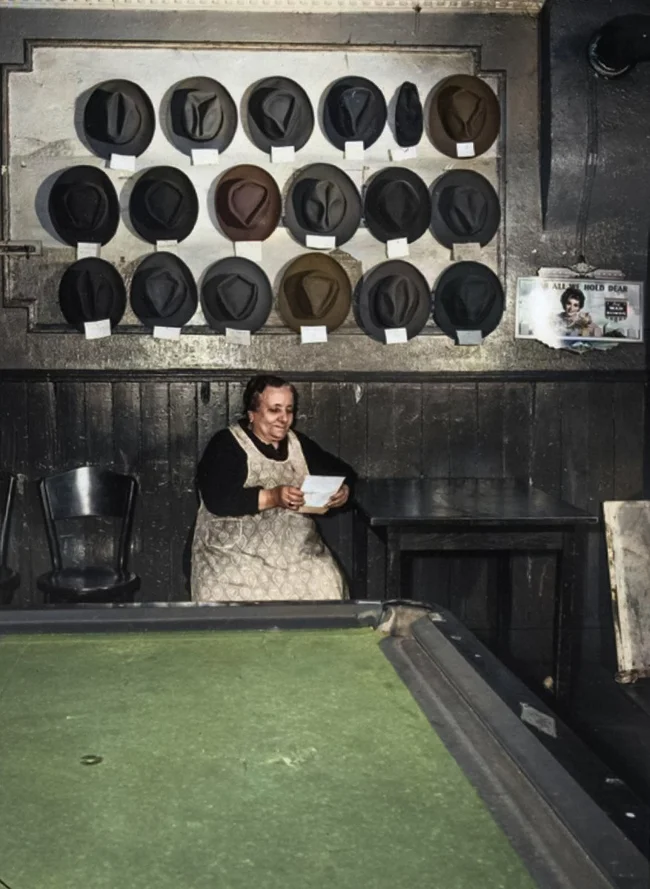
A father and daughter working in a wheat field with a team of horses, 1910. 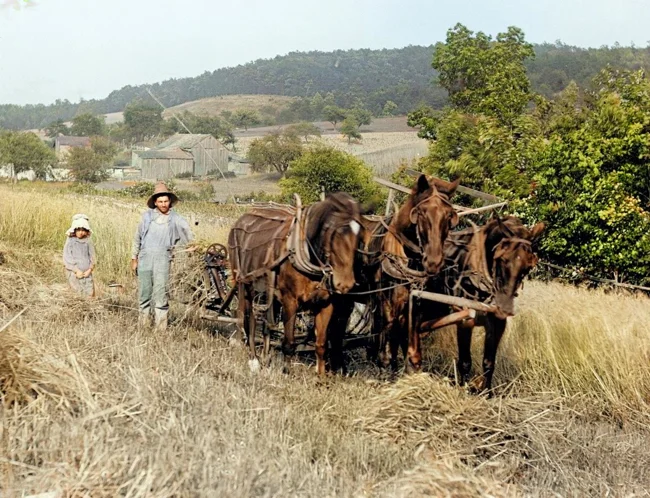
Easter stroll, 1925.
The 1920s in the United States became an era of revolution in fashion, reflecting the spirit of the "roaring twenties" - a time of jazz, prohibition and social change. This decade gave the world the image of the "new woman" and rethought style as a form of self-expression. 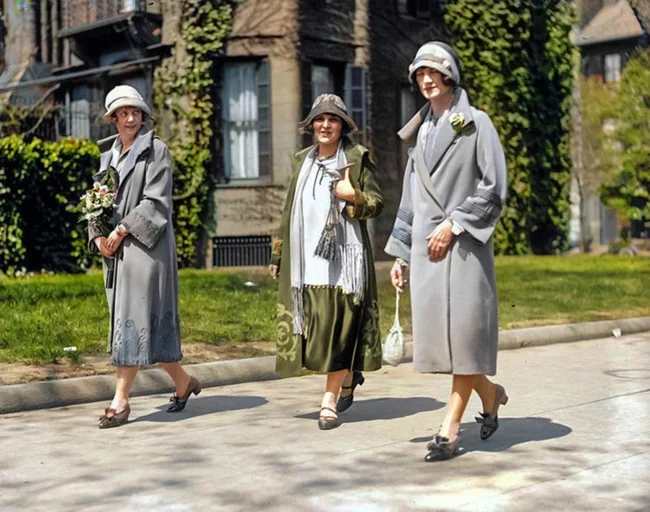
Graduation at the US Naval Academy. Annapolis, Maryland, 1917.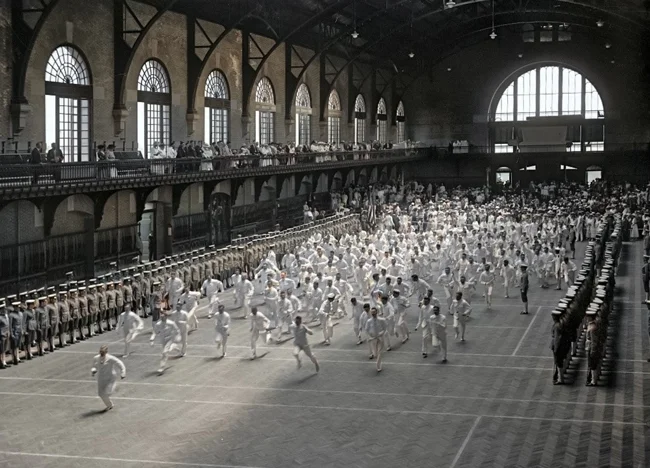
One of the boys working at the J.S. Farrand Packing Company carries a heavy load, Baltimore, Maryland, 1911.
Before the Child Labor Act of 1938 was passed in the United States, child labor was commonplace in the United States, with children working in horrific conditions in sweatshops, factories, and agriculture. The economic crisis of the Great Depression only made matters worse, with many families relying on their children's earnings as their only means of survival. It was only after the Child Labor Act of 1938 was passed that the practice began to fade. 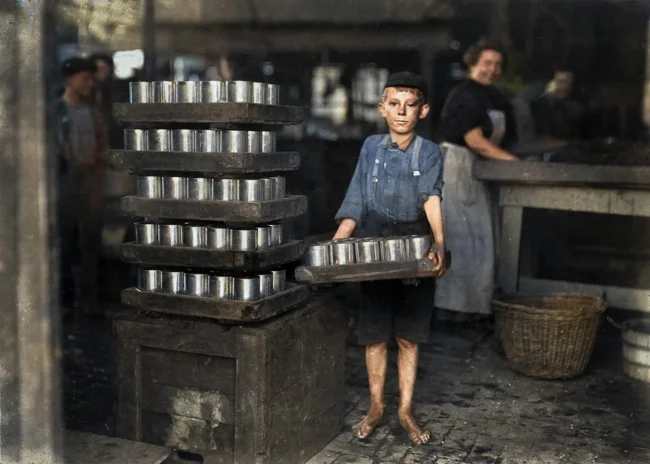
Aerial view of New York, 1953.
Central Park is one of the symbols of New York, and its rectangular shape is not accidental. It is connected with the history, geography and urban planning ideas of the 19th century. In 1811, the Commissioners' Plan was adopted, which divided Manhattan into rectangular blocks. This strict street grid became the basis for the city's planning. Central Park, created in 1857-1876, was included in this system to preserve the logic of development. 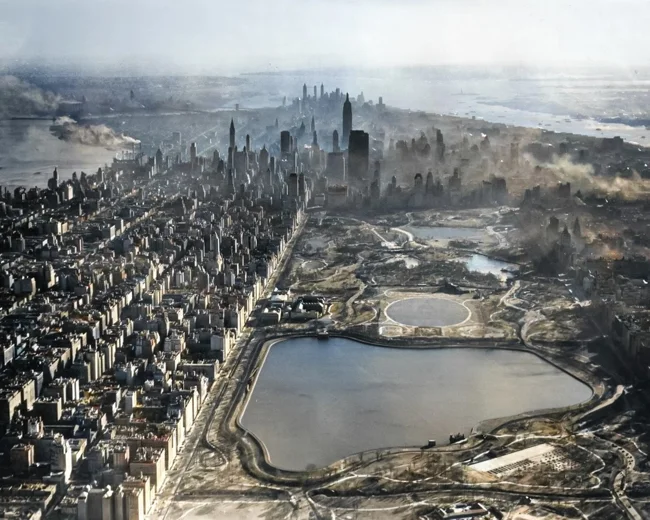
A boy dressed as a pilot sits in a toy airplane. USA, 1941. 
Natchez, Mississippi, USA, 1947. 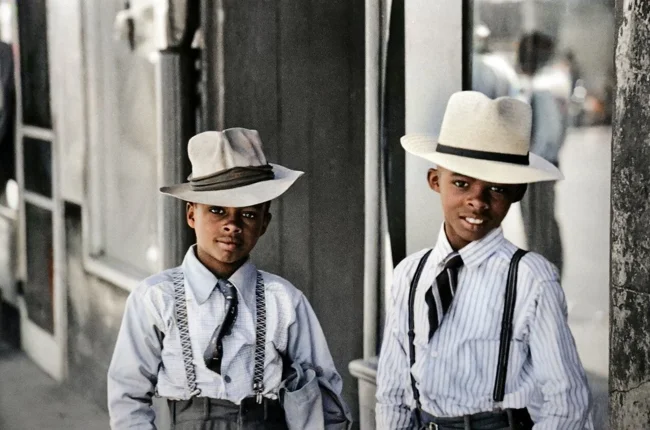
Laundry in Central Park during a water shortage. New York City, 1949.
Due to a severe drought that had left upstate reservoirs 34 percent full, residents were prohibited from shaving, bathing, or engaging in any other water-intensive activity that day.
These three Copacabana girls, part of the famous East Side chorus lineup, according to the photo caption, are showing their patriotic duty by doing laundry without running water in the city's Central Park. 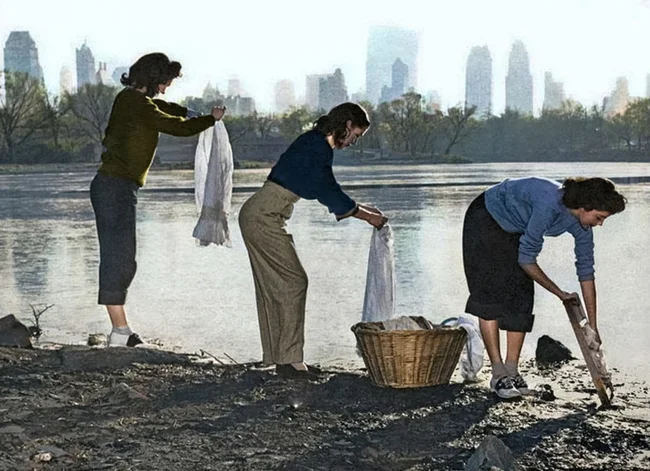
Cotton candy. Pittsburgh, 1945.
A black boy apparently saw cotton candy for the first time in his life.
The history of cotton candy began in 1897, when dentist William Morrison and confectioner John Wharton patented a machine for producing the dessert. The device melted sugar, passed it through tiny holes, and created tiny threads that twisted into fluffy lumps.
Cotton candy debuted in 1904 at the World's Fair in St. Louis, where the treat, called "fairy thread," became a sensation. In the 1920s, cotton candy was renamed "cotton candy," and in the USSR it was called "cotton candy."
Since then, this airy wonder has not lost its popularity among children all over the world. 